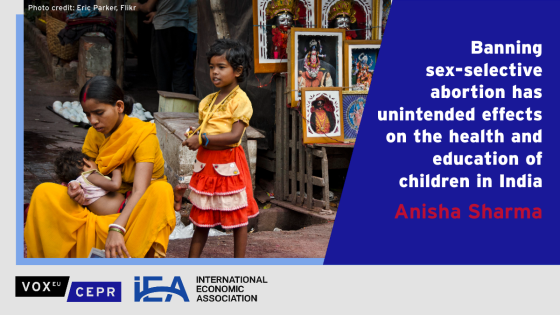DP15128 The Stopping Rule and Gender selective mortality: World Evidence.
The stopping rule in population studies refers to a behaviour by which parents continue child
bearing till they have their desired number of boys. We first show that, under this rule, girls are, on average,
exposed to a larger number of younger siblings than boys. This increased exposure to sibling competition may
result in a higher mortality for girls, even in the absence of any other forms of discrimination. We then propose
a new method to detect the prevalence of the stopping rule in a given society.
This method allows us to identify countries in which the stopping rule prevails, some of which have been
largely ignored in the literature. We also identify countries in which the stopping rule targets a desired number
of girls rather than boys. We estimate the extent to which the stopping rule leads to a higher mortality among
children through sibling competition. We show that this specific mechanism explains a non trivial share of
mortality among young girls (for instance, 10% of the under 5 female mortality in India, and up to 35% in
Armenia) and that this share is increasing over time.


